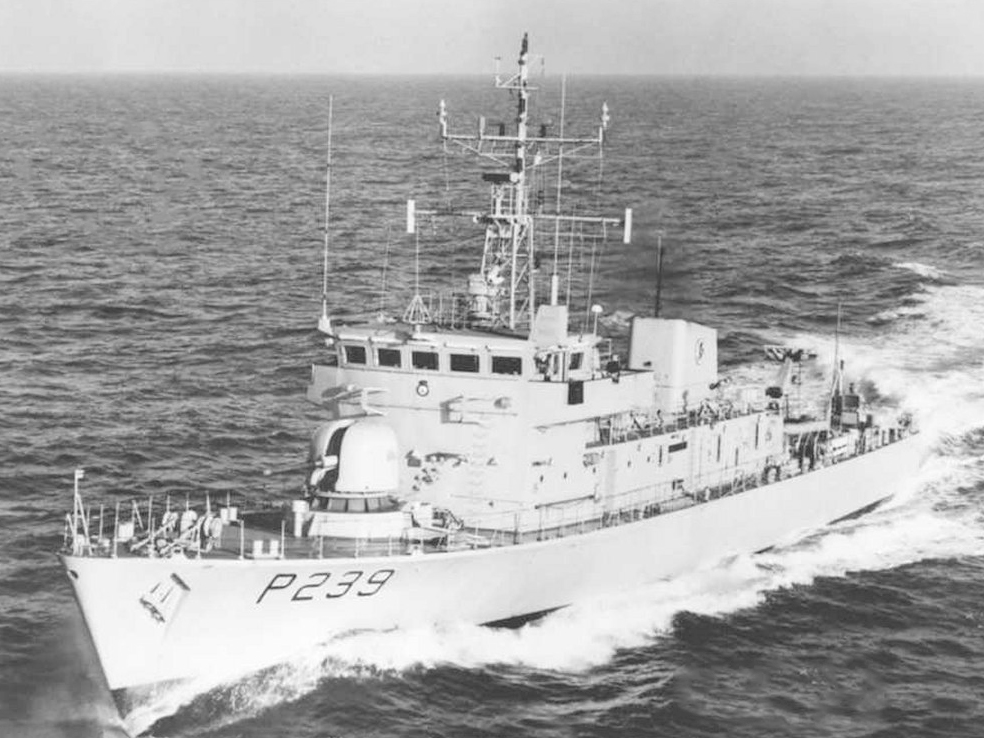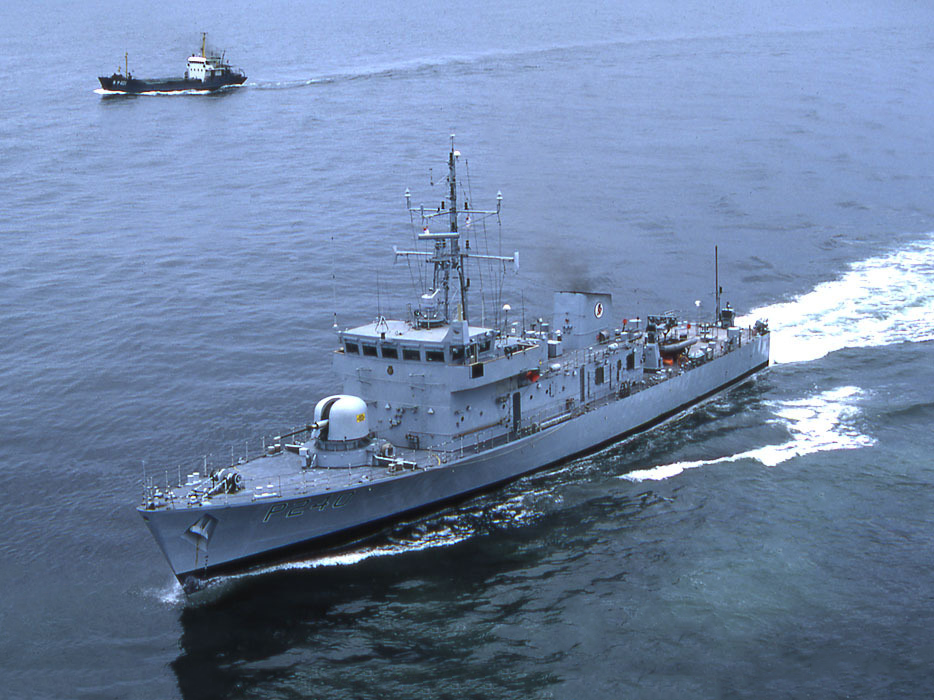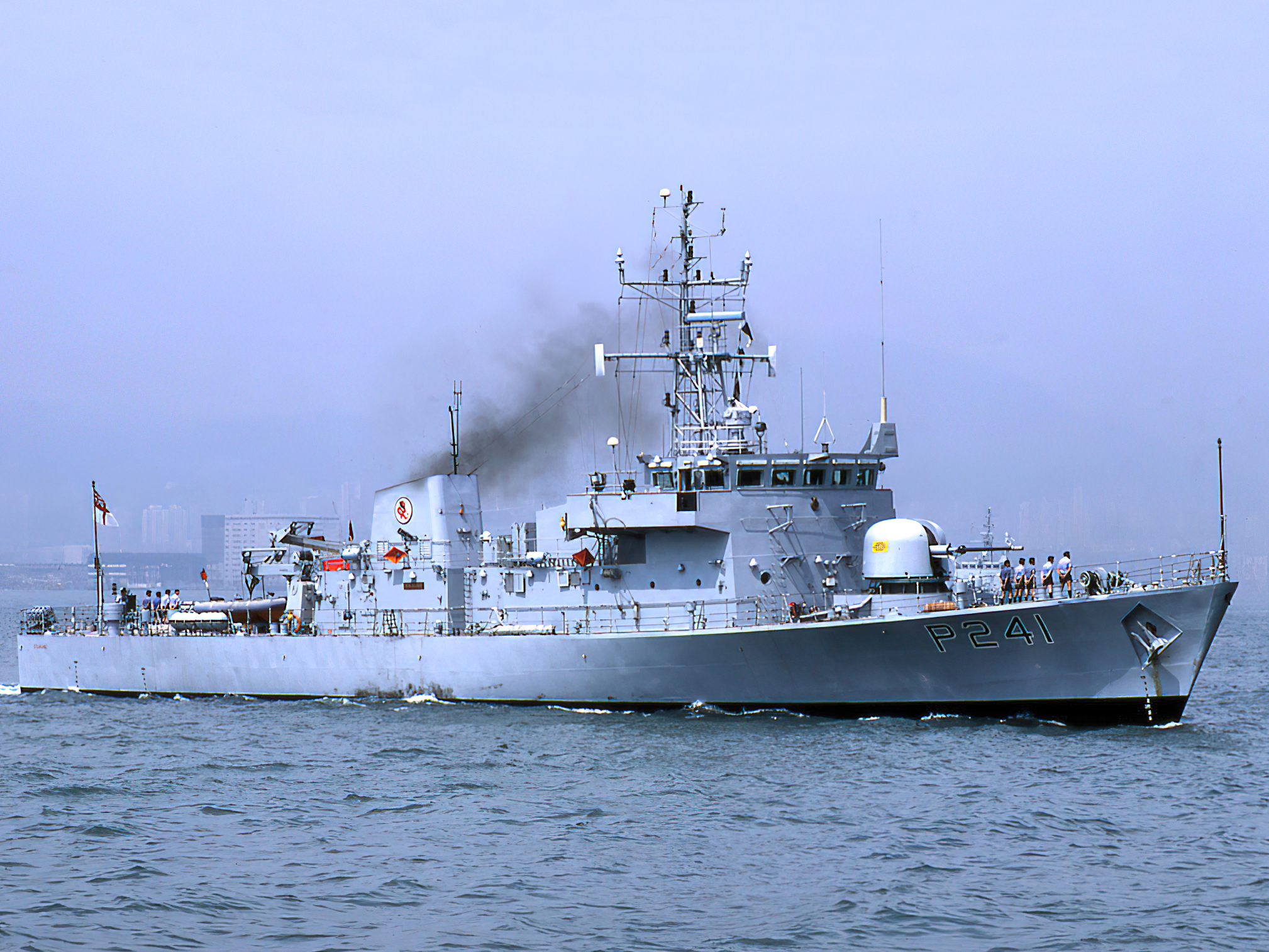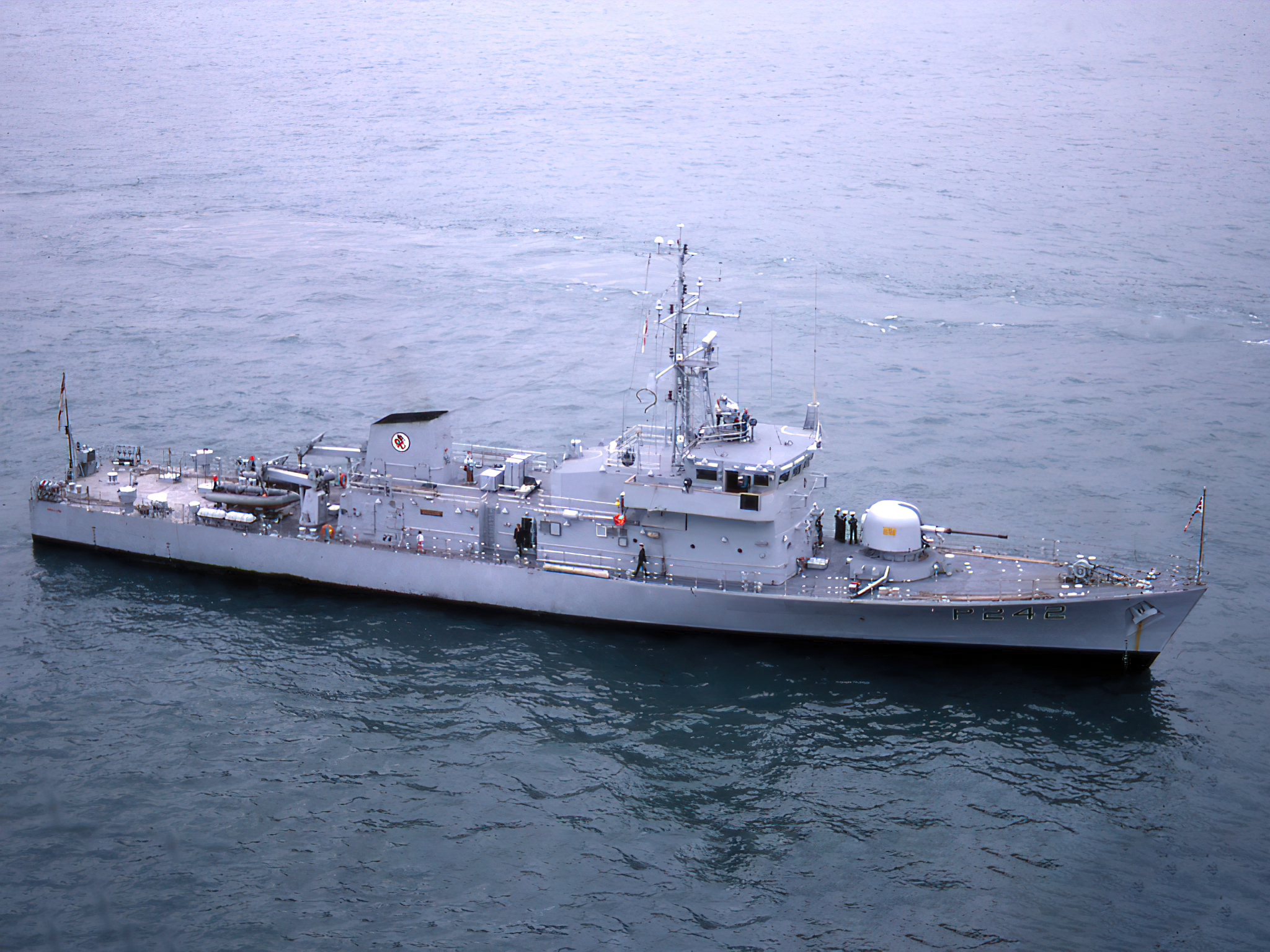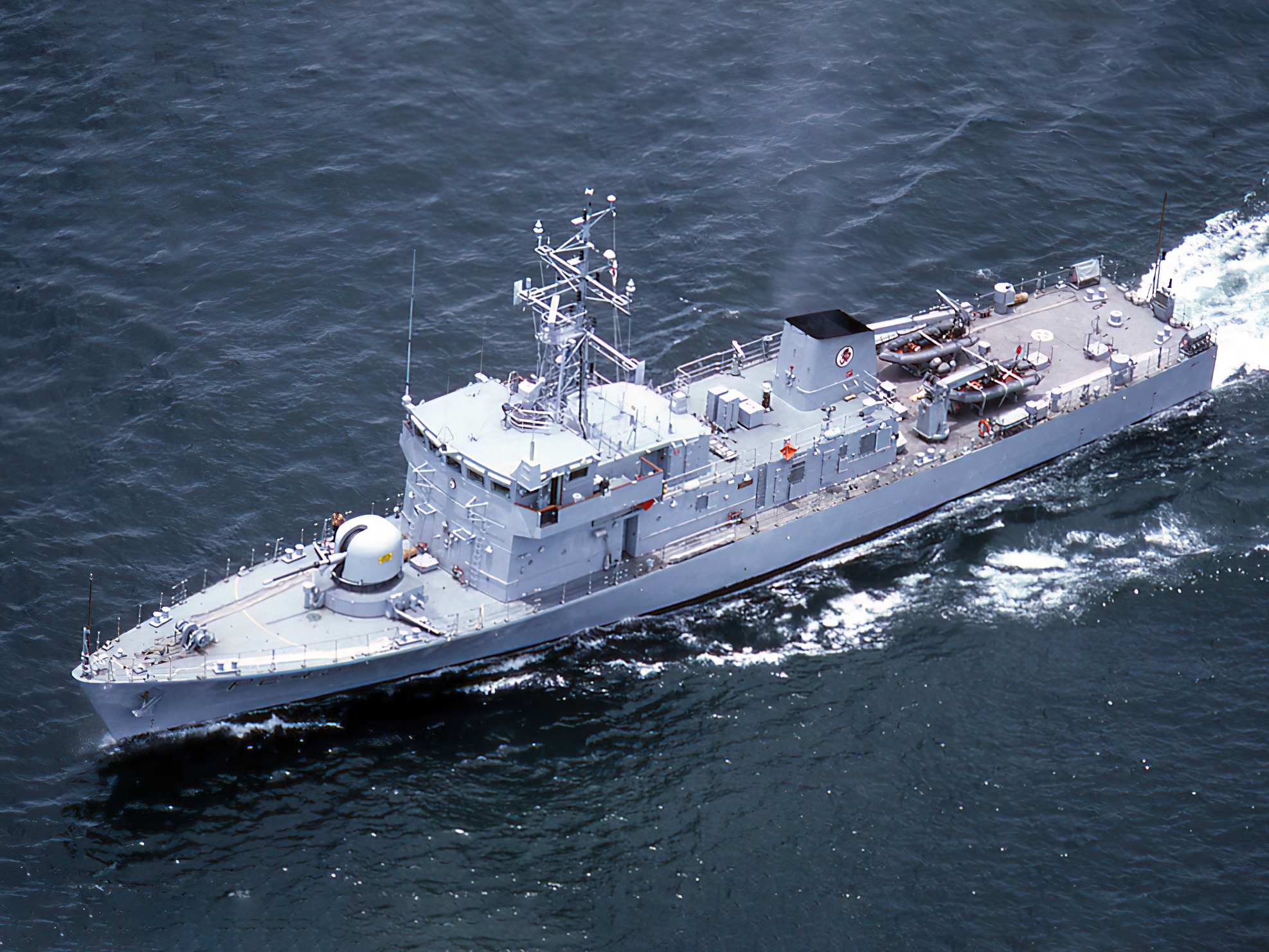Royal Navy Peacock Class Patrol Vessels: A Comprehensive Guide
Introduction
The Peacock class patrol vessels were small but capable offshore patrol ships built for the Royal Navy in the early 1980s. Designed primarily for service in Hong Kong waters, they provided maritime security, sovereignty patrols, and search-and-rescue capabilities in one of the world’s busiest and most politically sensitive regions.
Compact, fast, and well-suited to tropical climates, the Peacock class served with distinction until the 1997 handover of Hong Kong to China, after which all five vessels were transferred to allied navies, where several remain in service today.
Origins and Design Development
During the 1970s, the Royal Navy recognised the need for a small class of modern patrol ships to operate from its Hong Kong Squadron. The existing Ton class minesweepers were outdated and ill-suited for the demands of tropical, high-traffic waters.
The result was the Peacock class, ordered from Hall Russell & Company of Aberdeen and launched between 1983 and 1985. The vessels were designed for tropical service, with air-conditioned compartments, stabilisers for comfort in heavy seas, and shallow draughts to operate close to shore.
Their role included law enforcement, search and rescue, border patrol, and presence missions, as well as training local naval forces.
Design and Technical Features
Displacement: 712 tonnes full load
Length: 62.3 metres
Propulsion: 2 × Ruston diesel engines, twin shafts, 25 knots top speed
Range: 2,500 nautical miles at 17 knots
Crew: 35 officers and ratings
Armament: 1 × 76mm OTO Melara compact gun, 2 × 7.62mm GPMGs, Provision for light anti-aircraft weapons
Sensors: Surface search radar, navigation radar, fire-control systems
Each ship was fitted with air conditioning, refrigerated stores, and modern living quarters, reflecting their permanent tropical deployment.
Service and Operations
Commissioned between 1983 and 1985, the five Peacock class vessels formed the Hong Kong Patrol Squadron, based at HMS Tamar. Their duties included:
Patrolling territorial waters and deterring illegal immigration
Anti-smuggling operations and assisting customs authorities
Search and rescue missions for civilian shipping
Support for Royal Navy and local exercises in the South China Sea
The Peacocks were noted for their reliability and high availability in a challenging maritime environment.
When Hong Kong was handed back to China in 1997, the Royal Navy withdrew the squadron. All five vessels were transferred to allied navies: three to the Philippines and two to Ireland, extending their service lives by decades.
Summary – At a Glance
|
Ship |
Commissioned |
Notable Service Highlights |
Fate / Status |
|
HMS Peacock (P239) |
1983 |
Lead ship, Hong Kong patrols, SAR missions |
Sold to Irish Naval Service as LÉ Orla (P41) |
|
HMS Plover (P240) |
1984 | Anti-smuggling and rescue operations |
Sold to Irish Naval Service as LÉ Ciara (P42) |
|
HMS Starling (P241) |
1984 | Law enforcement and sovereignty patrols |
Sold to Philippines Navy as BRP Artemio Ricarte (PS-37) |
|
HMS Swallow (P242) |
1984 | Maritime policing in Hong Kong waters |
Sold to Philippines Navy as BRP Emilio Jacinto (PS-35) |
|
HMS Swift (P243) |
1985 | Search and rescue, South China Sea patrols |
Sold to Philippines Navy as BRP Apolinario Mabini (PS-36) |
Legacy and Successor Service
After transfer, all five vessels continued to serve effectively:
In the Philippine Navy, the three ex-Royal Navy ships formed the Jacinto class patrol vessels, receiving upgrades to sensors and armament.
In the Irish Naval Service, the two former Peacocks became the LÉ Orla and LÉ Ciara, used for coastal patrol and fisheries enforcement until 2022.
The class was praised for its reliability, adaptability, and seaworthiness, with several examples still operational more than forty years after launch.
Conclusion
The Peacock class patrol vessels were small yet remarkably capable warships that embodied the Royal Navy’s global reach during the Cold War’s final decades. Built for the challenging waters of Hong Kong, they combined efficiency, endurance, and versatility in a compact frame. Their continued service with allied navies is a testament to their robust design and enduring utility in maritime security operations.


